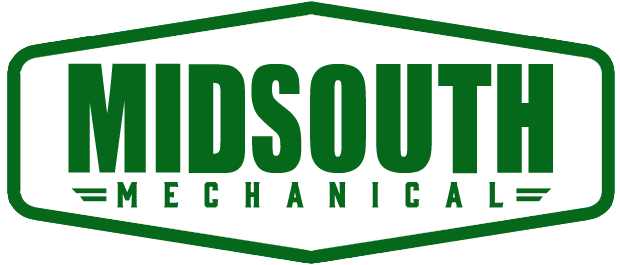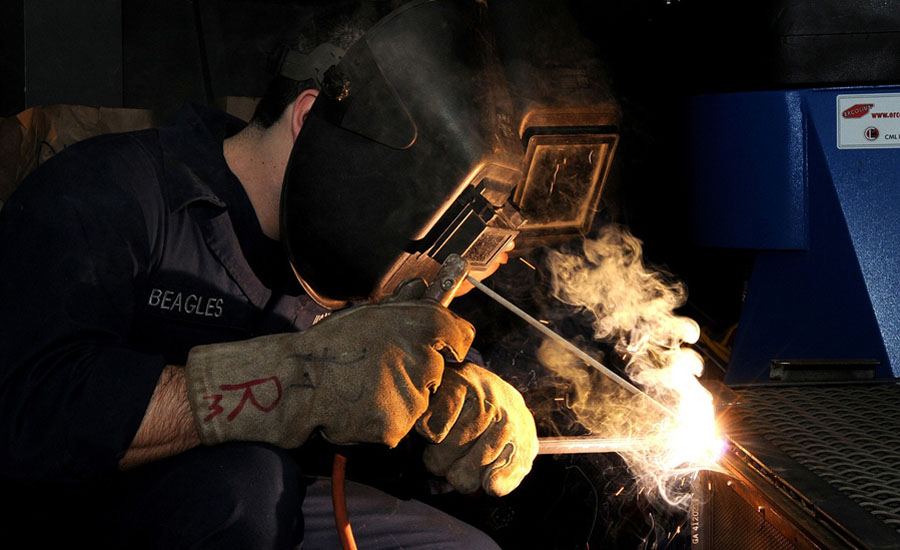When working on or repairing industrial equipment, it is crucial that you realize the four biggest welding safety hazards.
The most common welding hazards include:
- Burns
- Electrocution
- Fumes and Gases
- Fire and Explosions
- Welder’s Flash
Burns are caused by just exposing your skin to the extremely hot welding arc, and they can even penetrate through clothing. These burns–called flash burns–lead to immediate and long-term skin damage, radiation, and immense pain.
The burns that occur when the metal encounters the arc also result in the release of toxic fumes.
If inhaled, you might face any variety of issues. Short term issues like dizziness and loss of consciousness, and long-term medical concerns like lung cancer and neurological decay can occur.
Welders have a high chance of facing electrocution and shock due to the voltages they frequently work with. In some cases, welding machines demand 575 volts, which is enough to cause skin burns, muscle paralysis, and death.
You need to be careful when dealing with these welding arcs and machines.
And lastly–this might affect the property around you more than yourself–the sparks from the welding tools can land on nearby clothes, paper, and furniture and set them on fire. Be aware of your surroundings!
Almost all the common injuries welders deal with stem from known potential hazards of the job. Welders deal with metal shards, sparks, and toxic fumes regularly, which can lead to eye strain, heat exhaustion, strokes, back injuries, and cramps.
If you follow proper welding safety tips, there is little to worry about.
The first rule is to protect your eyes with the proper headgear. Typical goggles aren’t enough when you are dealing with welding arcs, and it is important to utilize the different types of available lenses, visors, and safety-rated welding helmets to maintain visibility and protect yourself.
Rule number two is simple: wear high-quality gloves. As a welder, you are going to be using all kinds of hand-held tools and will work with high heat. Typical high-quality gloves are laced with Kevlar, giving yourself an extra layer of support.
The third rule is something you hopefully learned in science class all those years ago. Watch out for your clothing! Sparks can easily burn your skin, but more damage can occur if your everyday clothes catch on fire. An easy solution is a top-class leather apron or coat to protect yourself.
Rule four is that fumes can be so toxic that you must strip and prepare the metal beforehand. Try your best to remove the top layers of the metal to avoid chemical coatings.
When you are under layers of protective gear, and dealing with sparks and welding arcs, things will get hot!
The fifth rule is to prioritize ventilation and airflow in work areas to cool your bodies off, have fresh air to breathe and improve safety. Safety sheets should be posted also.
Beware of your surroundings! In the U.S. federally approved safe workplace and environment guidelines can be found online.
Rule number six is when welding, try to make sure nothing in the near area is flammable and congested.
Number seven is to follow the instructions. Yes, welding does have unlimited possibilities, but it is always important to read up on manuals when working with unfamiliar equipment rather than just experimenting!
And finally, eight is to expect the unexpected. Prepare for everything and try to have the proper disaster management and training while welding. Examples include fire extinguishers and accessible fire escapes.
Welding is a complicated process–it is best you approach it with an educated, open-minded, and positive approach. Every successful welder knows these safety types to avoid common injuries, potential hazards, and all the dangers of this profession.
Get a free quote today!


